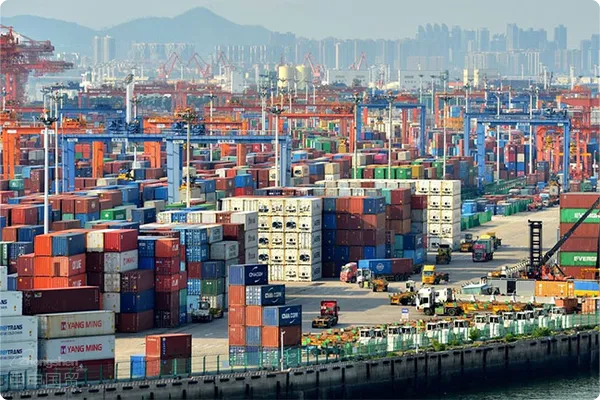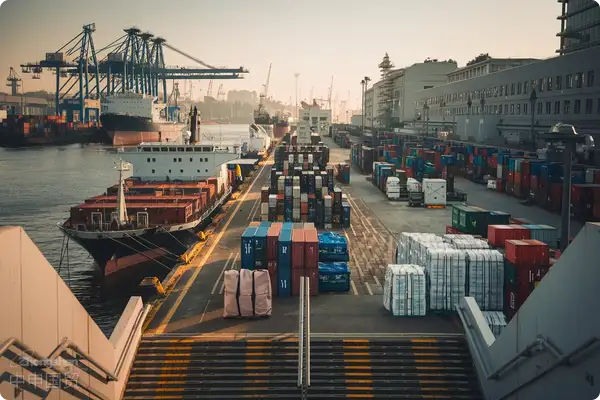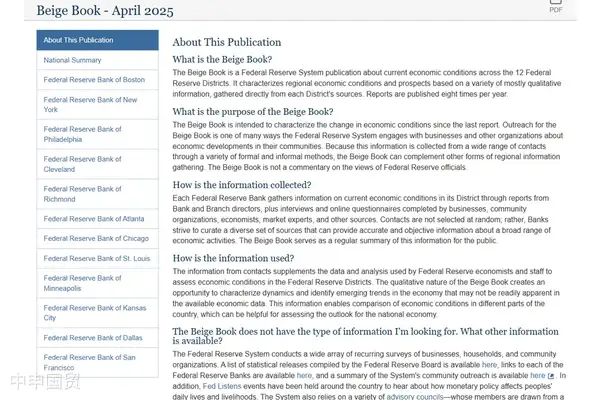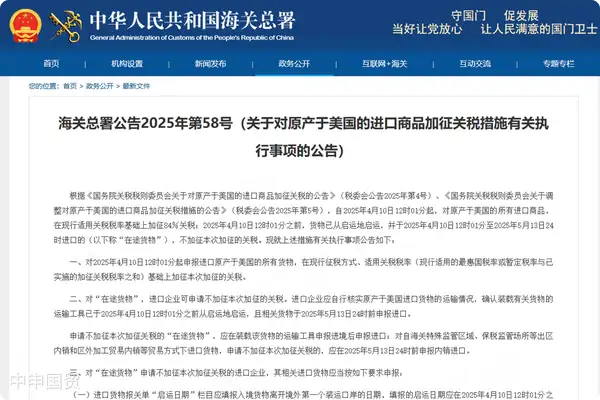- Shanghai Zhongshen International Trade Co., Ltd. - Two decades of trade agency expertise.
- Service Hotline: 139 1787 2118

Analysis of the Components of Agency Fees
The agency fee for imported equipment is not simply a packaged service fee. Its core consists of four major modules:Basic Customs Declaration Service Fee(Accounting for 25% - 35% of the total cost),Logistics Management Surcharge(Accounting for 15% - 25%),Special Document Processing Fee(Accounting for 10% - 20%),Emergency Handling Reserve Fund(Accounting for 5% - 15%). There are significant cost differences for different types of equipment:
- Precision Instrument Equipment
- Customs Classification Dispute Handling Fee (an average increase of 8 - 12%)
- Constant Temperature Transportation Surcharge (an increase of $15 - 30 per cubic meter)
- Large - scale Construction Machinery
- Special Transportation Permit Processing Fee ($800 - 1500 per order)
- Equipment Commissioning Site Coordination Fee (an increase of 5 - 8% in domestic - section logistics costs)
The Service Black Hole Behind the Quotation Difference
A certainMedical EquipmentImport cases show that the quotation differences among three agency companies reached 28%, but the final execution costs showed a dramatic reversal:
- Company A (with the lowest quotation): Did not include the HS code dispute solution, resulting in a $12,000 demurrage fee due to customs clearance delays
- Company B (with a medium quotation): Concealed the special warehousing requirements at the destination, incurring an additional $6,800 re - handling fee
- Company C (with the highest quotation): Anticipated the intellectual property filing risk in advance and saved a $25,000 infringement deposit
Framework of Intelligent Bargaining Strategy
Based on the latest trade policies in 2025, it is recommended to adoptThree - stage Negotiation Method:
- First Stage: Confirmation of Benchmark Fees
- Request to provide customs clearance records of similar equipment in the past three years
- Verify the correspondence between the quotation and the customs HS code
- Phase 2: Dynamic cost agreement
- Set the sharing ratio of exchange rate fluctuations (recommended 50% - 70%)
- Clarify the compensation mechanism for policy changes (such as the upgrade of environmental protection standards)
- Phase 3: Performance-linked terms
- Customs clearance timeliness reward and punishment mechanism (1.5 times the average daily warehousing cost)
- Stepwise refund for the accuracy rate of documents (5% refund if the error rate ≤ 2%)
Risk cost quantification model
the ASEAN Single Window (ASW)Risk matrix assessment methodCalculate implicit costs:
- Technical parameter risk (weight 30%)
- EU CE certification update cost (6 new types of testing items will be added starting from 2025)
- Cost of docking with the US FDA electronic declaration system
- Logistics anomaly risk (weight 25%)
- Prediction of fluctuations in the Suez Canal passage surcharge
- North American port congestion early warning response mechanism
It is recommended that when signing an agency agreement, enterprises require the service provider to provideA list of transparent risk costs, and convert uncontrollable factors into quantifiable cost items. By establishing a dynamic adjustment mechanism for agency fees, the overall import cost fluctuations can be controlled within ±7%, which improves the cost control accuracy by more than 40% compared with the traditional fixed rate model.
Related Recommendations
? 2025. All Rights Reserved. Shanghai ICP No. 2023007705-2  PSB Record: Shanghai No.31011502009912
PSB Record: Shanghai No.31011502009912










